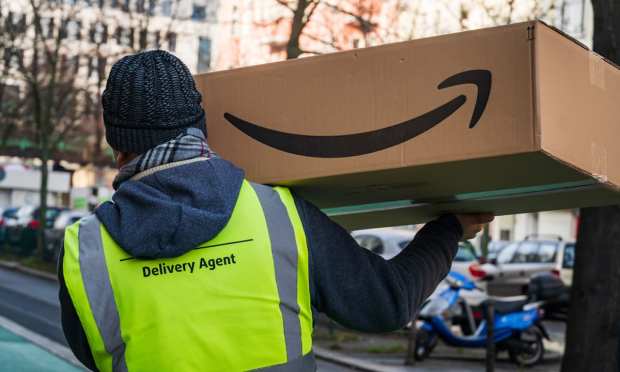Amazon, Dollar General Lead Retail Hiring Surge Within Tricky Labor Market

While the quintessential image of a shopkeeper hanging a “Help Wanted” sign in their store window has become an increasingly common occurrence this year, what isn’t happening nearly as often is news that those signs are coming down.
That’s because the retail sector, whether that’s mom-and-pop shops or multinational corporations, is contending with a confluence of headwinds that are making the task of bringing on new people unusually difficult.
And yet, big brands such as Dollar General literally can’t hire fast enough, as the discount retail chain announced on Wednesday (July 14) that it is looking to hire 50,000 people by Labor Day to staff and service the 1,000+ new stores it is adding this year.
“We’re excited by the favorable impact we can make on the current job market and individuals looking to join our growing team,” said Kathy Reardon, Dollar General’s executive vice president and chief people officer, noting the company’s status as the nation’s largest retailer by store count with more than 17,400 locations.
As far as having access to potential candidates, Dollar General is in a unique position, given its claim that 75 percent of the U.S. population lives within five miles of one of its store locations, suggesting a labor pool of more than 50 million working-age adults.
Please Work for Me
The problem, however, is that after backing out the portion of people who are already employed, and those who are not interested in retail work or are otherwise out of the workforce, the pool shrinks considerably. And when factoring in the abundance of other competitive hourly wage opportunities that exist from grocers, restaurants, delivery services, warehouse jobs and more, the lower end of the hiring process gets extremely difficult.
This heightened battle for bodies in the retail space was also on view this week when Amazon announced that it is looking to hire 100,000 veterans and military spouses over the next three years to bolster a workforce that is already 1.2 million strong, despite having more than 35,000 job openings listed in the U.S.
Not surprisingly, the effort to woo workers usually comes down to wages — but flexible hours, benefits, sign-on bonuses and other creative new perks (like childcare and tuition) are also being increasingly offered to entice workers.
“All Amazon jobs pay a starting wage of at least $15 an hour — more than twice the federal minimum wage — and all regular full-time employees enjoy healthcare from their first day of the job, a 401(k) plan with company match, up to 20 weeks of paid leave for birthing parents, access to free upskilling opportunities and more,” the online giant said.
While some retailers are focused on hiring veterans, others are turning to teens as a possible source of staffing to fill countless cashier, clerk and re-stocking positions.
The latest government jobs report released earlier this month quantified the problem the retail industry is facing in raw terms. Specifically, the Bureau of Labor Statistics data showed that job openings in the retail sector increased to 974,000 last month after close to 800,000 people left the trade.
At the same time, industry trade groups, such as the National Federation of Independent Business, are reporting that 39 percent of its members have reported rising compensation costs, and nearly half of SMBs said they currently had job openings that were proving difficult to fill.
Clearly, there are some labor-related pinch points and external economic factors, including extended unemployment benefits, that are impacting the retail sector right now. However, the industry has just proven its ability to adapt and survive — often through investment in time-saving technology that not only can increase efficiency, but also (ironically) becomes more affordable as wage costs rise.
